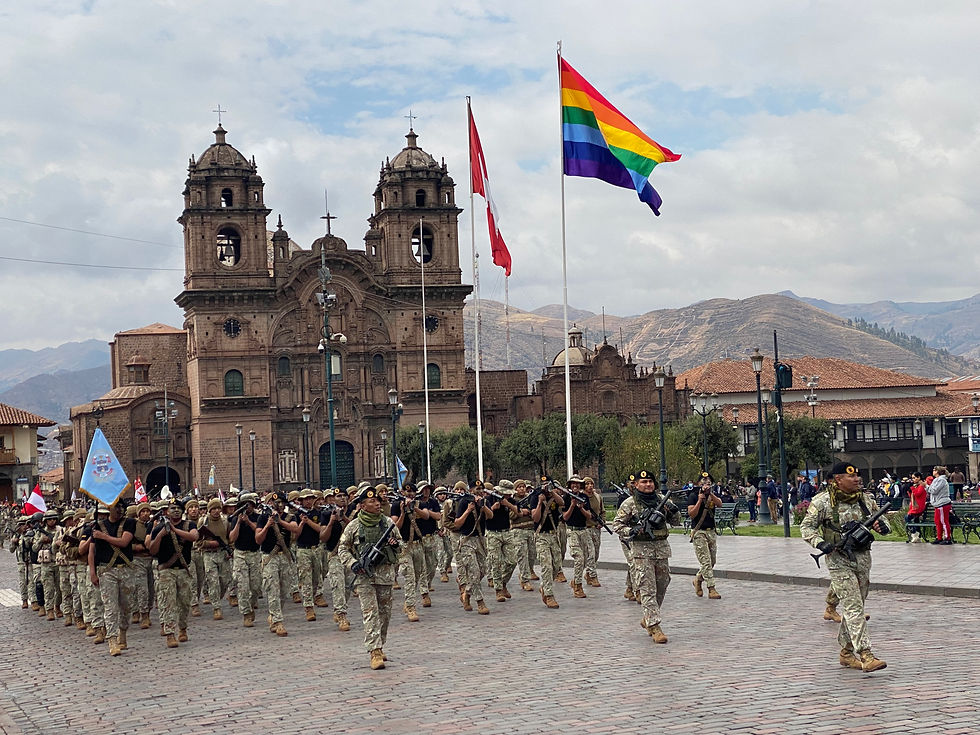
PERU
With perhaps the most touristy feel of any of our stops in South America, Peru still has a surprising number of hidden gems. A mix of gritty cities, stunning wonders and political nightmares. Recent troubles means travelling here will require some additional research and a premium insurance.
WHEN TO VISIT
Update: Check your country's travel advice before departing for Peru. Machu Picchu remains closed (1st Feb 2023)
December - February | If you are going for the beaches of Mancora or the Huacachina Oasis.
June - August | The high season for those heading to Machu Picchu and The Amazon in Puerto Maldonado.
September - November | Shoulder season; if you want solitude, flexibility and slightly cheaper prices then plan to go in these months.
VISA'S
90 days on arrival for British citizens which is free to extend for another 90 days up to a maximum of 183 days in total within a 365 day period. You can extend at migration offices in major cities like Lima, Cusco, Puno, Arequipa and Trujillo. Or if you are far away from a major city you can also extend online at www.migraciones.gob.pe.
CURRENCY
Peruvian Sol - Current Rate
In the cities (particularly Lima) you will see people in yellow jackets offering to exchange your money. These are legitimate, honest and give better rates than the bank. It's always a good idea to check the rate before any exchange and have a sum in your head prior to any agreement.
BUDGET
The mid range backpacker can expect to spend £40 per day. The local beer is Cusqueña and a grande (1 Litre) will cost £1.50. It's meant to be poured into a small glass and passed around friends, ooops.
ALTITUDE
In the Andes it’s high, very high, higher than you’ve probably ever been so the altitude can be a problem. You won’t know how it affects you until you’re there but there are ways in which you can reduce your risk and knowing when to spot the symptoms is key, altitude sickness can be serious. The longer you spend at altitude the more you will aclimatise.
Symptoms include; headache, nausea, vomiting, shortness of breath, difficulty sleeping, fast heart rate, dizziness and fatigue. Your bowels also act differently at altitude, you'll be bunged up on the way up and may face a sudden release on the way down.
You can take over the counter medication to help relieve your symptoms. You may consider a private prescription for Diamox before you depart, this is serious drug so do you research first, the side effects may be worse than your symptoms. Take your time and try to acclimatise before heading out on a trek. Hike high and sleep low if you have the time. A few days is preferable and drink plenty of water, avoid alcohol, and try to eat a high carb diet.
Checkout our safety page for more.










